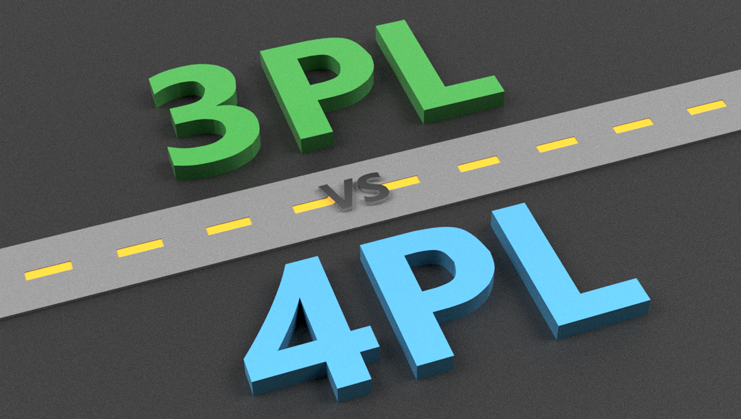
Supply chain management is a core element of any successful business, and third-party logistics (3PL) and fourth-party logistics (4PL) providers are significant players in this arena. Yet, the distinction between 3PL vs 4PL providers often remains unclear. This comprehensive analysis aims to shed light on their unique roles and their impact on businesses.
Unfolding the Phenomenon of Third-Party Logistics (3PL)
In the complex dialogue of “3PL and 4PL”, understanding the essential characteristics of third-party logistics (3PL) becomes critical. This section aims to provide an in-depth understanding of the role and benefits of 3PL in the broader supply chain context.
Third-party logistics, or 3PL, refers to outsourced logistics services that typically encapsulate operations such as warehousing, transportation, picking and packing, freight forwarding, and inventory management. By utilizing a 3PL, businesses can ensure logistics efficiency, cost-effectiveness, and more importantly, focus their attention on their core strengths.

Delving Deeper into Fourth-Party Logistics (4PL)
In the nuanced discourse of “3PL vs 4PL”, understanding the pivotal role of fourth-party logistics (4PL) is vital. This section aims to delve into the intricate dimensions of 4PL, providing a clearer picture of its impact within the broader supply chain framework.

Progressing a step beyond, fourth-party logistics (4PL) or Lead Logistics Providers (LLPs), extend their role to managing a company’s entire supply chain. The 4PL model goes beyond mere logistics operation management to a strategic level, providing comprehensive supply chain solutions. Employing a 4PL allows businesses to gain better control, enhanced transparency, and ultimate optimization of their supply chain.
Decoding the Differences: 3PL vs 4PL

Level of participation of 3PL vs 4PL
While a 3PL provider takes care of logistics operations, a 4PL provider manages the entire supply chain. This means that a 4PL plays a more strategic role, orchestrating the interaction between different logistics services.
Control and Transparency
In the comparison between “3PL vs 4PL”, the aspect of control and transparency plays a significant role. Here, we look at how these logistic models differ in providing control and enhancing transparency within the supply chain.
With a 3PL, businesses may have to deal with multiple points of contact for various services. On the other hand, a 4PL acts as a single point of contact, offering a more streamlined communication and greater control over the supply chain.
Innovation and Optimization
Both 3PL vs 4PL providers aim to optimize supply chain operations. However, 4PL providers often leverage advanced technologies and analytical tools to drive innovation and continually optimize the supply chain.
Making the Right Choice: 3PL or 4PL?
Choosing between a 3PL vs 4PL depends on the specific needs and resources of a business. For those requiring operational support and cost-effective logistics services, a 3PL might be the ideal choice. For businesses looking for strategic oversight, complete control, and continual optimization of their supply chain, a 4PL can be the perfect partner.
Conclusion: Navigating the Future of Supply Chain Management
The dynamics of 3PL vs 4PL providers signify the evolving landscape of supply chain management. As businesses strive to optimize their supply chain operations, understanding the unique offerings of 3PL and 4PL providers can guide them to make an informed decision that aligns with their strategic goals.